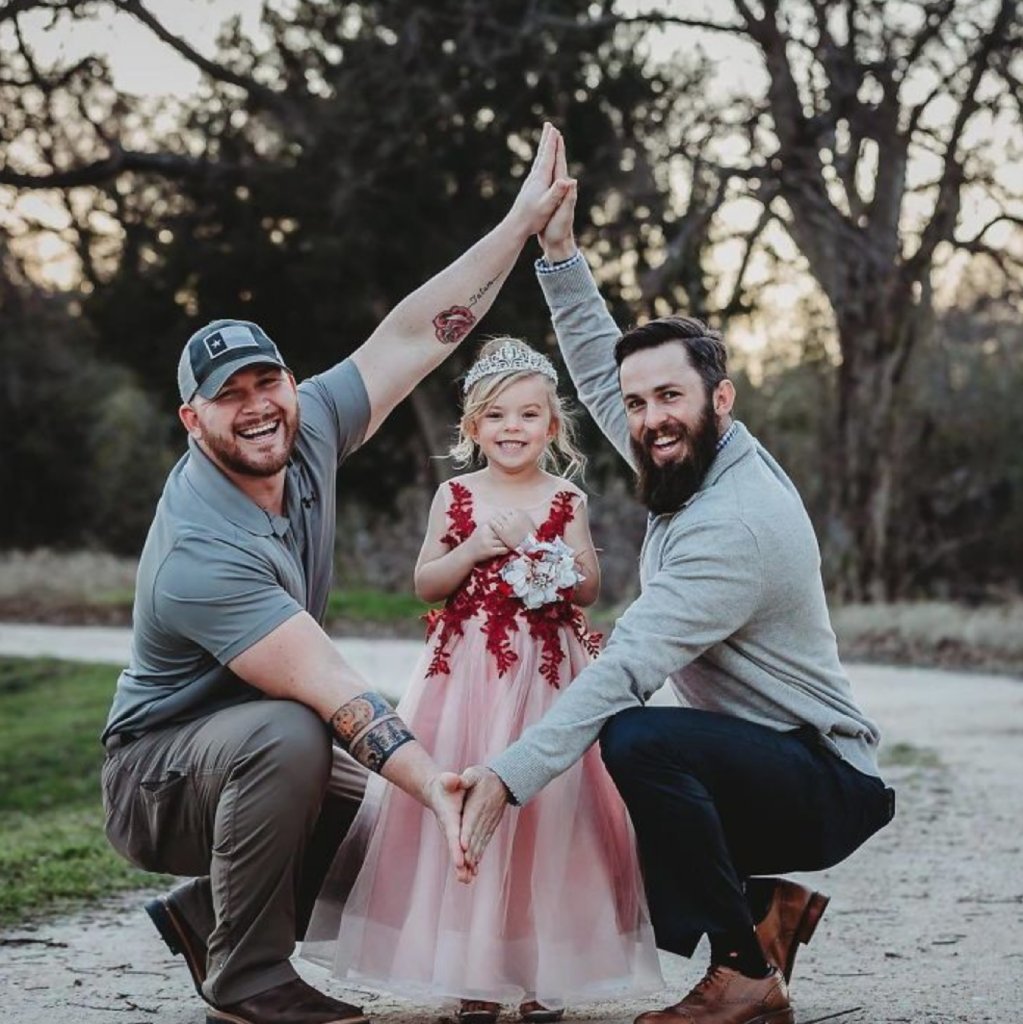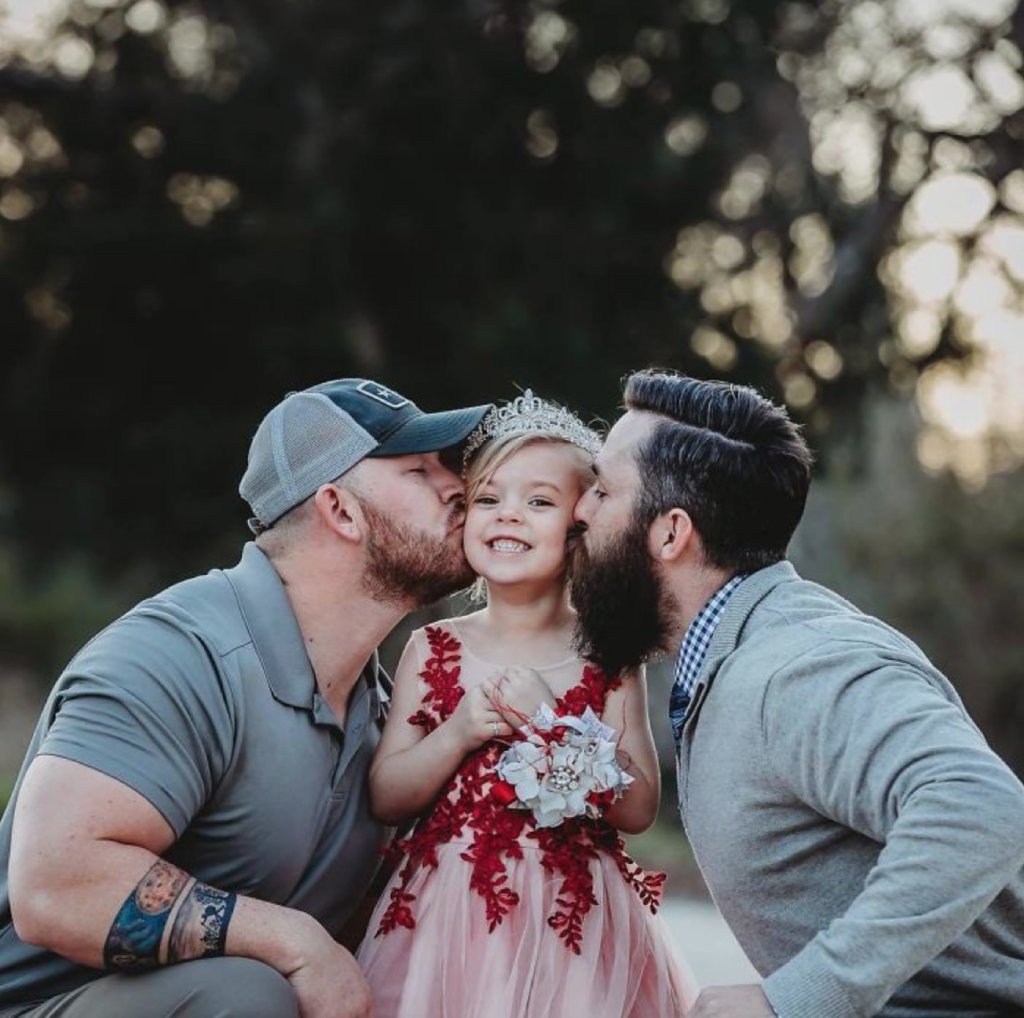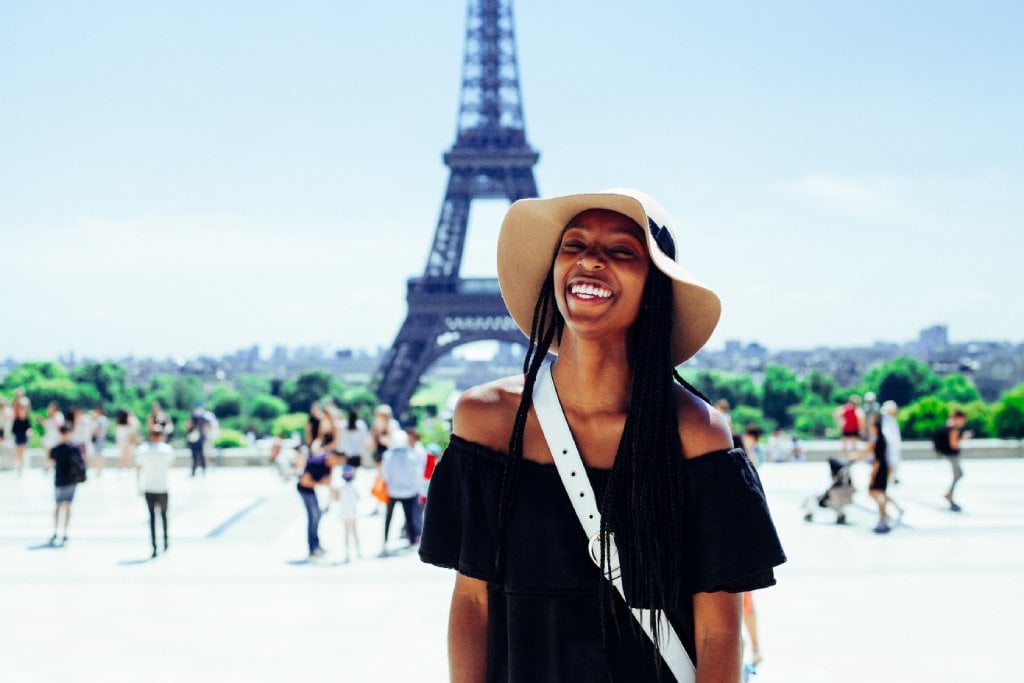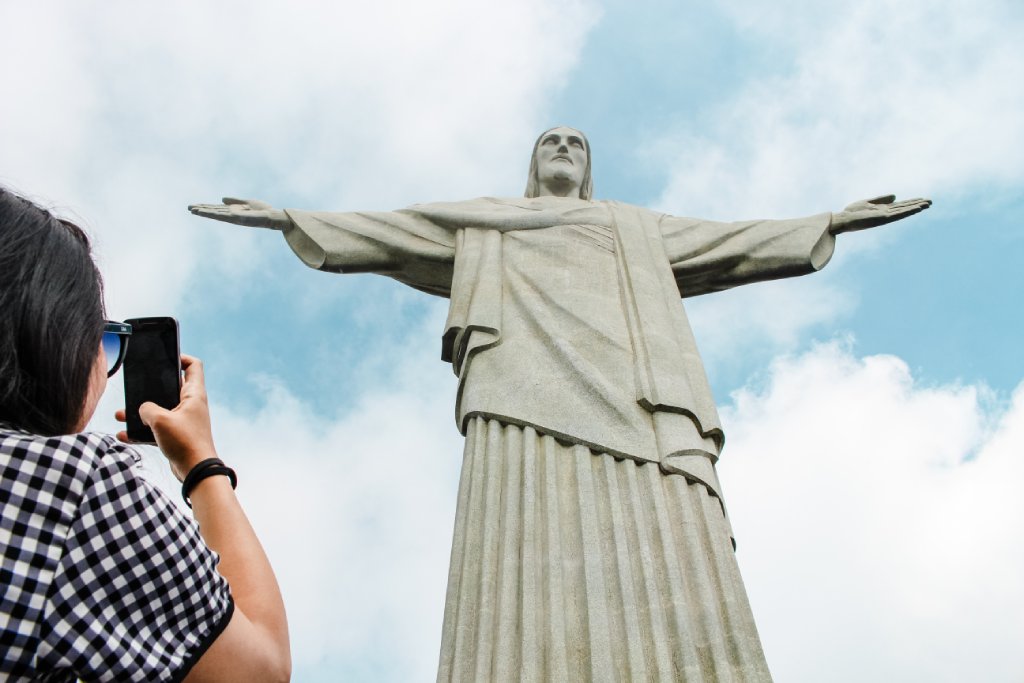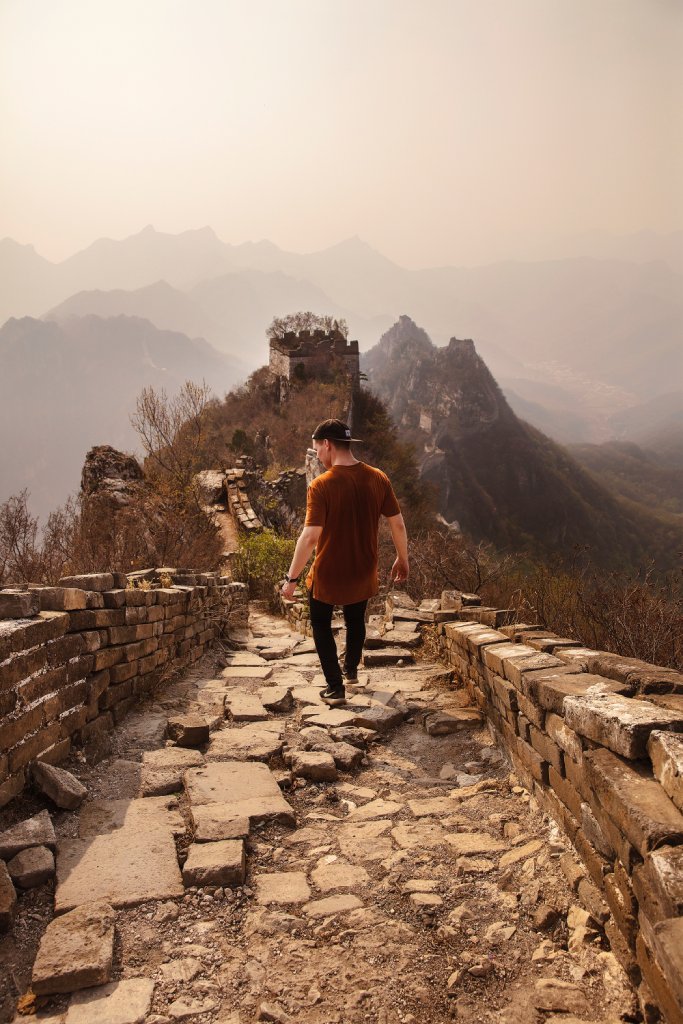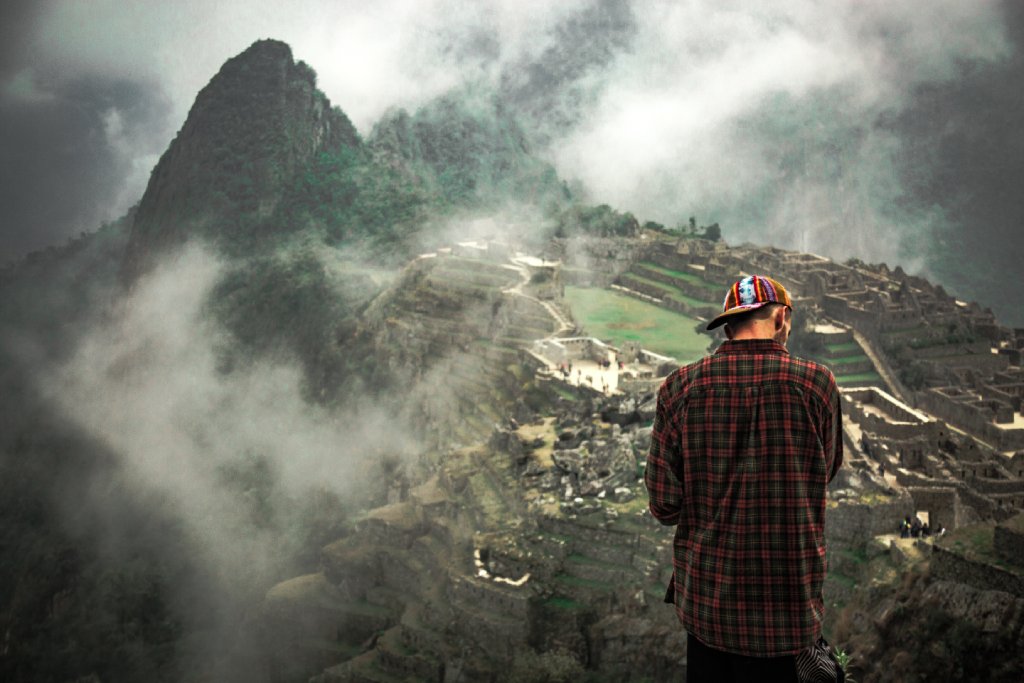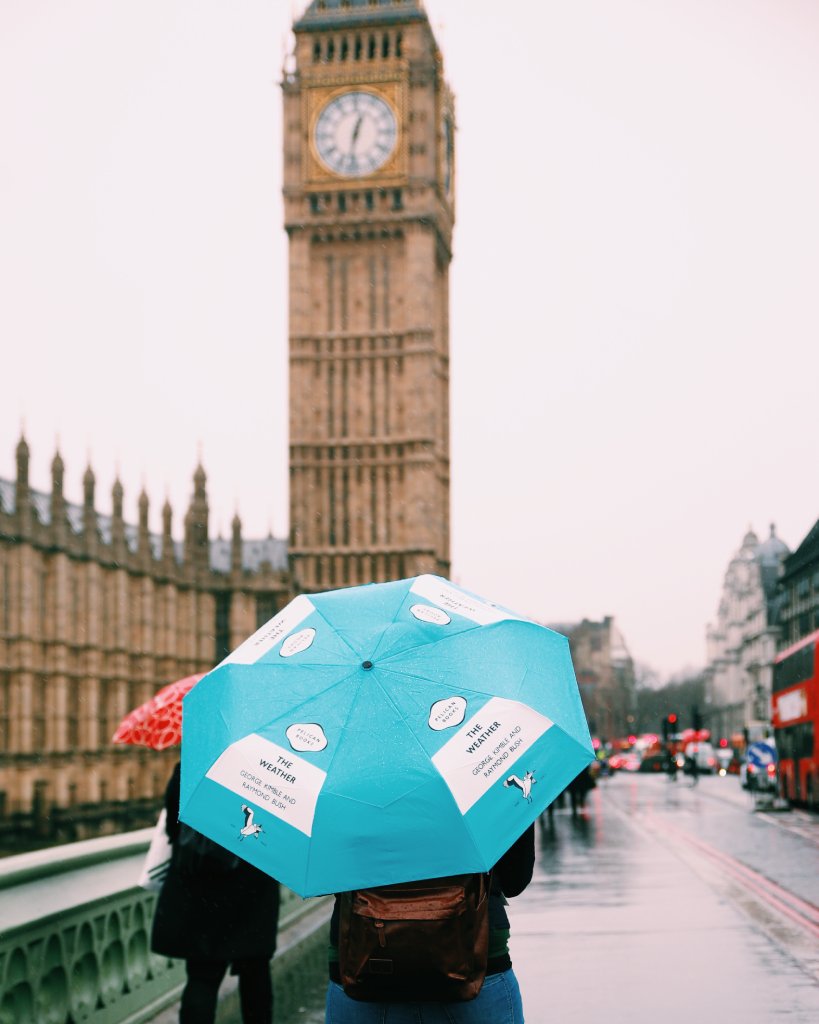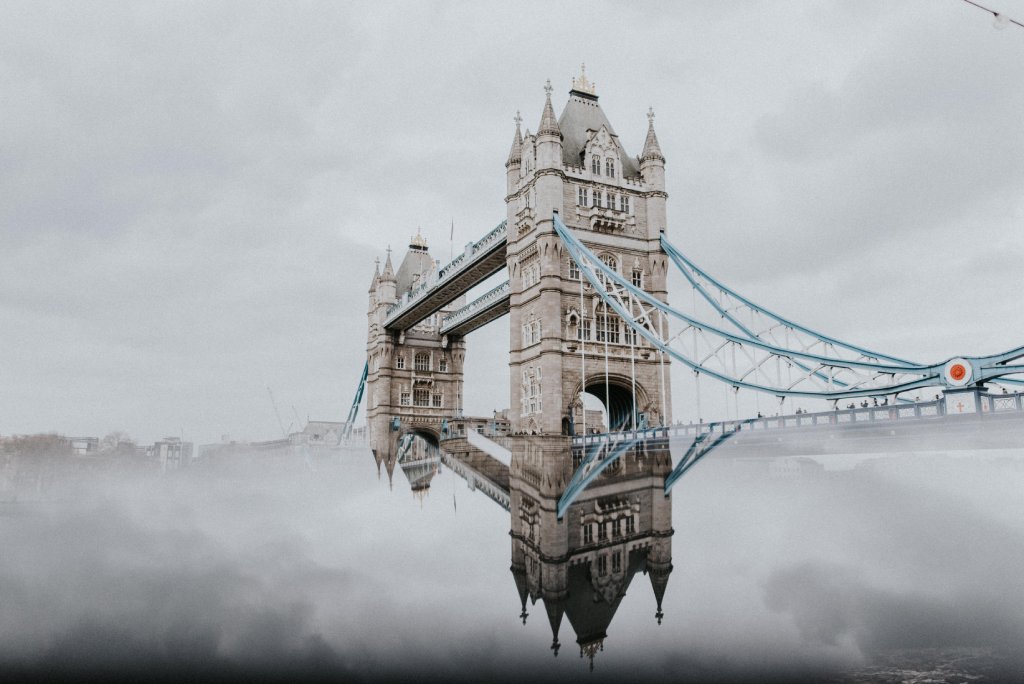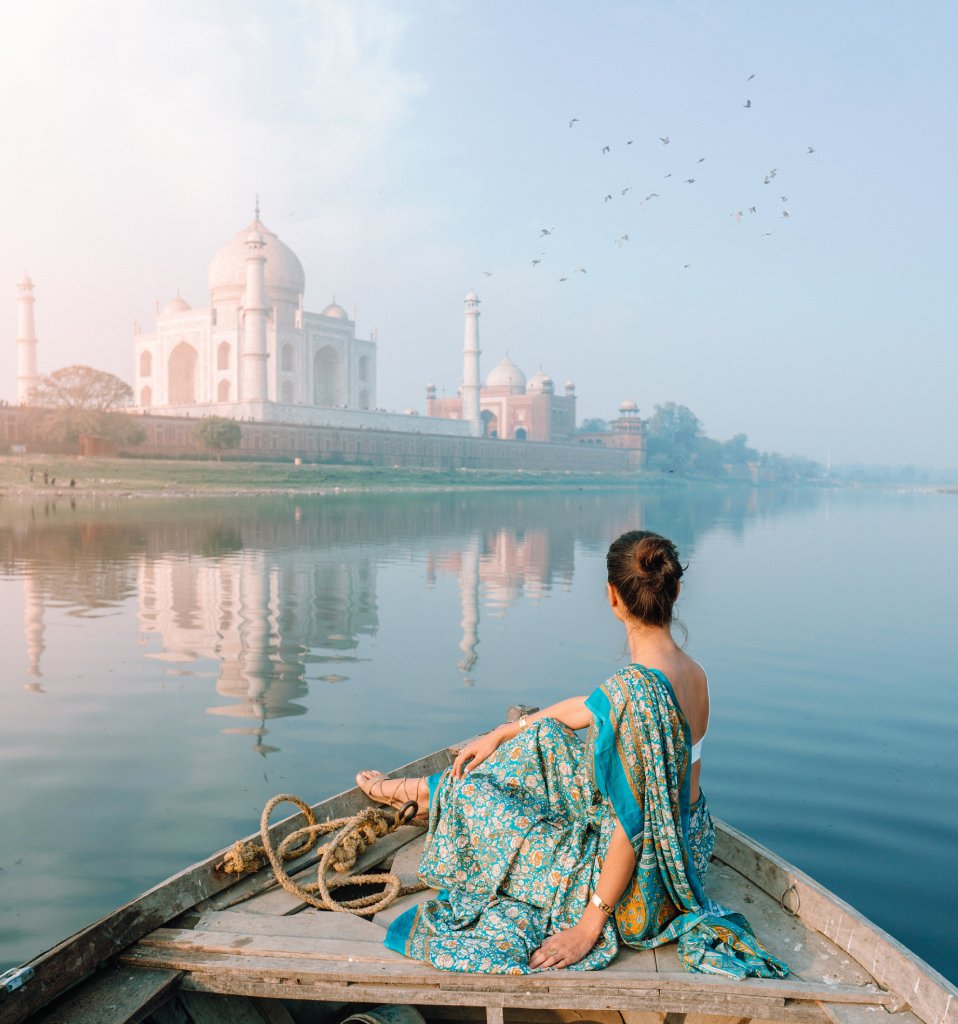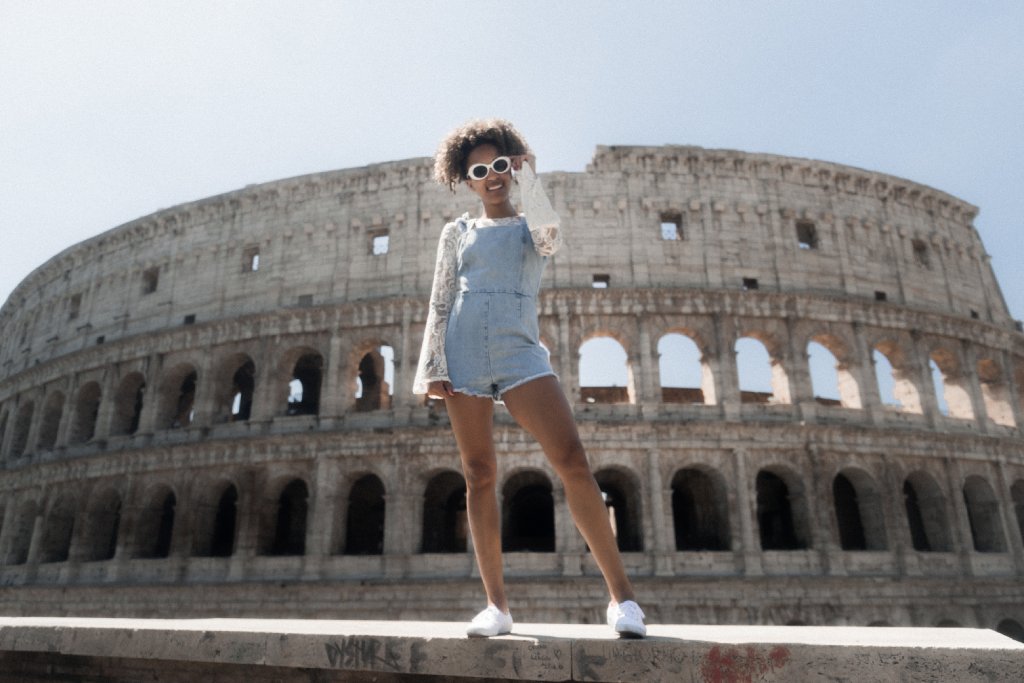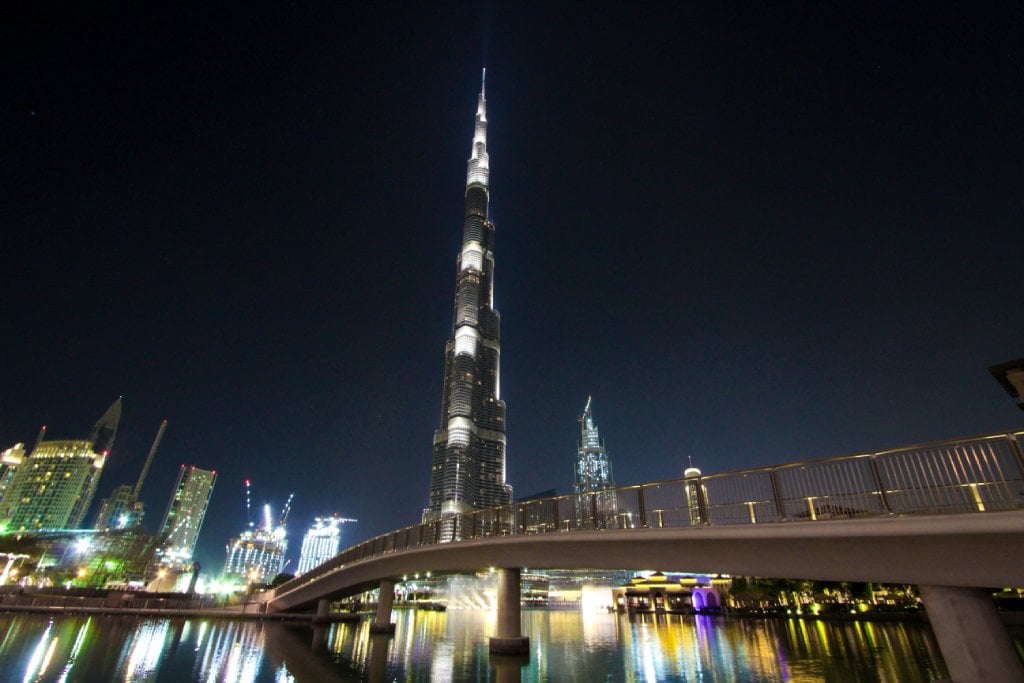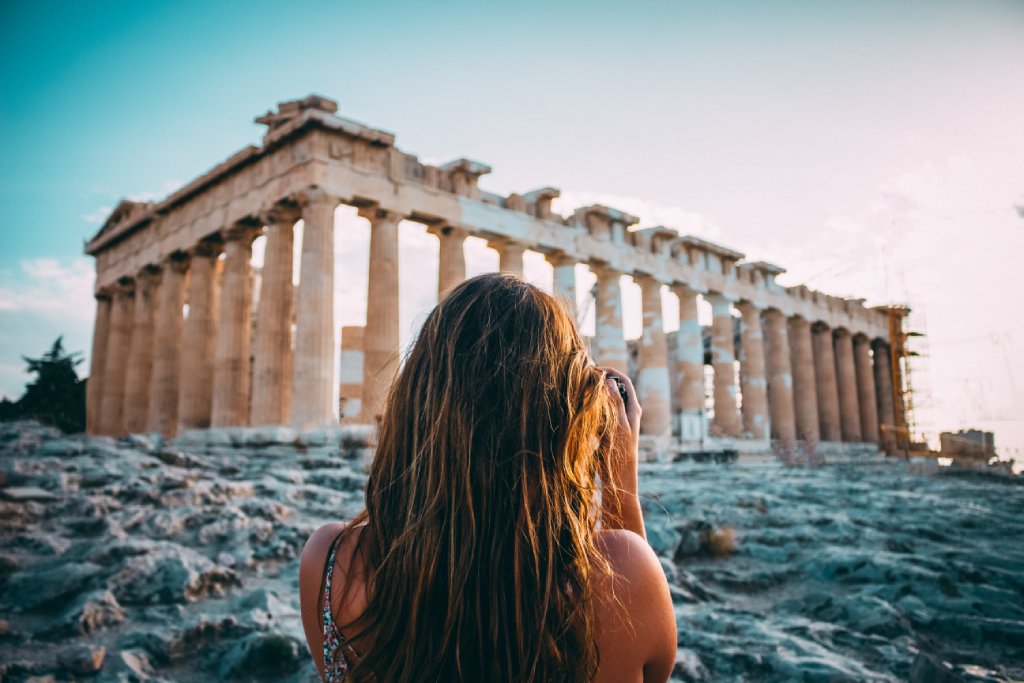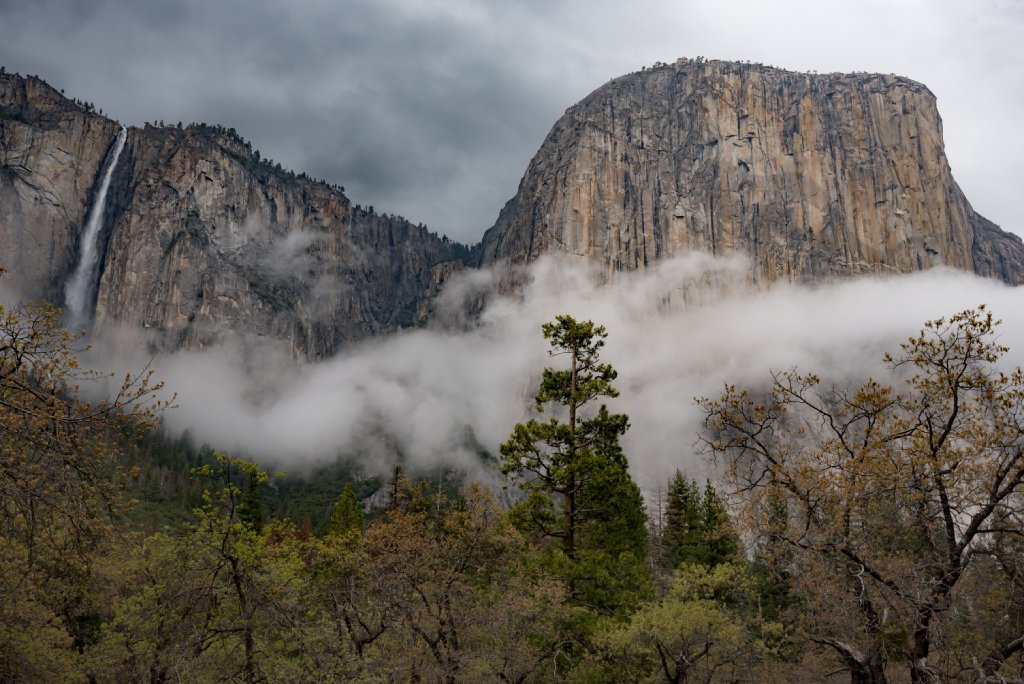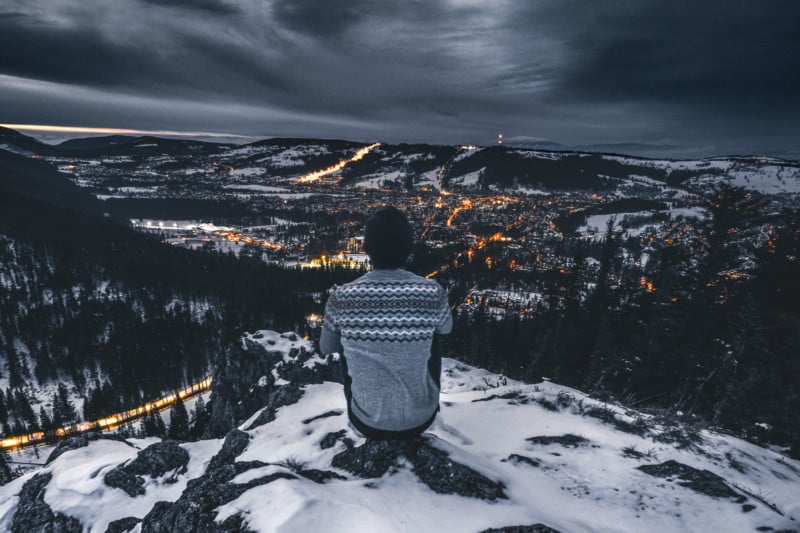Nature Photography Tips From The Pros
#photographyhobbyist #photographybestoftheday #photographyforever
Daniel Taipale, aka @dansmoe, is a Finnish photographer who’s been a friend of Fjällräven for around two years now. “His photos always tell a story. They make you want to get out and explore,” says Fjällräven online manager, Joel Nyrén.
“My first tip is actually about gear. First of all, choose the right camera. Good quality cameras can be heavy, so find a camera that you will happily carry around. Lower quality photos are always better than no photos at all. Giving up on some quality of the images due to a smaller and not so technical camera can sometimes be a good decision. And make sure to protect your gear from the conditions while being outdoors. Rain covers and photo inserts are a good way to do so.”
Dutch photographer, Pie Aerts, @pie_aerts, has a different focus to Daniel. He is drawn more to animals. He’s also been a friend of ours for nearly two years and over that time he’s honed his skills he’s recalibrated a little from landscape to wildlife images. “His wildlife images, in particular, are really powerful, and his style is really consistent,” says Joel.
He echoes and expands on Daniel’s comment about gear (which Daniel expands on later). “My number 1 piece of advice for becoming a better photographer is to stop talking about gear and start taking photos. No matter which camera you own, the truth is that sharper lenses and more megapixels don’t necessarily enhance your ability to tell a story or compose an image. Real improvement only exists through practice and learning from failure, not through buying an expensive camera.”
Daniel’s images are dramatic, quite cool in tone and place nature at the centre. All his images have a clear focus: there is a story being told. They have a certain photojournalism style to them. If you like the sound of this, check out Daniel’s Instagram feed and read his tips:
- Draw the attention of the viewer into the subject. There are many
ways to get your subject to stand out. One of the best ways is to use
leading lines to guide the eyes of the viewer to the subject. It can be a
road, river or even railroad tracks.
- Shoot during the golden and blue hours. The light before and after
the sunset and sunrise usually gives the most pleasing look for the
photos. During the summer season in the Nordic countries the amount of
“good light” is almost the whole evening and night. Be ready to stay up
late!
- Use the rule of thirds. This is a good guideline for placing the
subject in your photos and making it look balanced. Place the horizon on
either of the lines and the important elements at the inter-sections of
the lines.
- Get down low and find a nice foreground. This will immediately make
the scene a little more photogenic. Also, start playing around with the
focal length and the depth of field.
- Practice makes perfect and when you know your camera and have some tricks up your (G-1000) sleeve, it’s easy to implement them when the conditions are perfect and it’s time to shoot with no time to play around.
- Many people think good photography requires travel. They’re wrong.
You’re better visiting that one interesting place close to home a
hundred times instead of visiting a hundred different places further
away only once. In doing so you’ll end up finding the conditions you’ve
been dreaming about. Patience and persistence are key for distinctive
image making. Trust me, in the end, you don’t have to go somewhere new
for wonder, just look at that same old spot with new eyes. Try it. I’m
sure you’ll be surprised.
- Even if you think you get up early enough, get up earlier! Don’t be
one of the people that sleep through the good things. The hour before
the sun rises is the most magical hour of the day with often every
minute a different lighting situation. Plus, the ‘sunset crowds’ are
still in a deep sleep which gives you more space to do your own thing.
- Ditch the zoom lens and learn to love the constraints of dealing
with a fixed focal length, simply because the most important lens you
own, is your own legs. Moving ‘them’ instead of a zoom ring will
instantly make you a better photographer. It increases the weight of
your bag, but deal with it, it’s worth the pain. So, stop zooming, start
seeing.
- Try playing around with monochrome I promise you, the entire game
changes. When colours are absent you learn to look at light and
composition in a different way, which teaches you so much about image
making.
- Some people argue that you need a human connection in order to feel
emotionally connected to an image. But nothing is further from the
truth. I believe a still image can convey an even stronger emotion than
any facial expression or human interaction ever could. Find that and try
to convey it in your visual story telling.
- Make photographs for yourself, not for your audience. Learn to trust
your instincts and don’t always consider what others might like or not.
I know this isn’t easy in times of heavy social pressure but YOU are
the one that’s supposed to be enjoying the process, not everyone around
you. And if you radiate the right energy, your images will start looking
better and better, which attracts the likes of those around you
eventually too.
- Over the years I’ve learned that many times in photography, it’s not
the grand scale or epic nature that grabs me the most, but rather the
small details that would normally go overlooked. Find that spark of life
in a place that feels like death, or highlight details in a scene that
feels like infinity. It’s too easy to always opt for the vastness of a
landscape.
- Trust your camera. Your camera equipment is tougher than you think.
Run towards the rain, not away from it and with the right luck, you’ll
catch the electric colours and mist from a clearing storm. The same goes
for blazing sun or freezing cold. No matter how heavy the snowstorm or
how freezing the temperature, get out there, get dirty, get wet! Create!
You gotta risk it.
Text: Sarah Benton, Daniel Taipale & Pie Aerts
